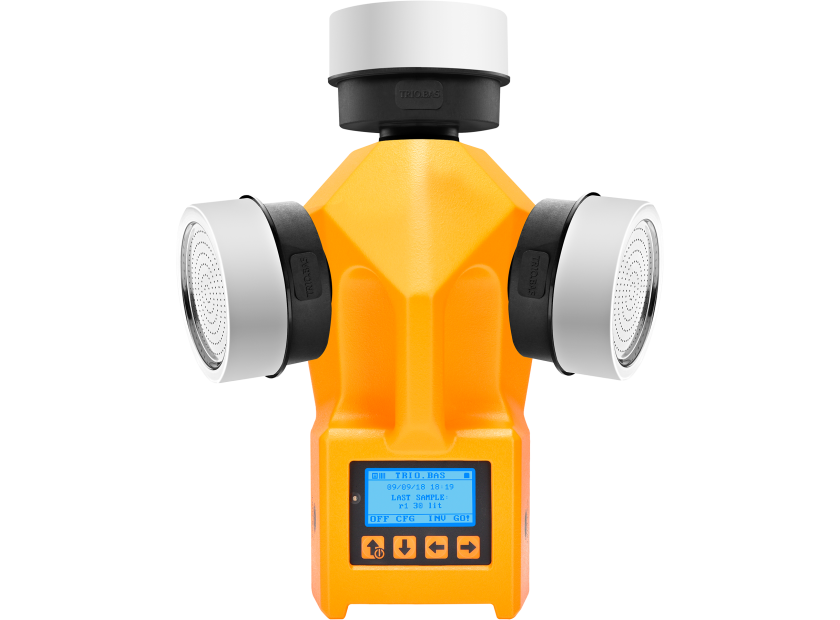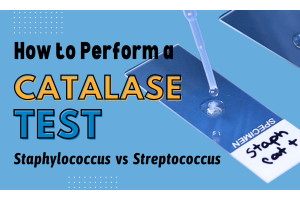Are Three Heads Better Than Two?
The new generation of active viable microbial air samplers represent a new approach to maintaining environmental control. The TRIO and the RABS ISOLATOR instruments are made by Orum International and distributed by Hardy Diagnostics.
Active
impact microbial air sampling is one aspect of the regulatory guidelines
related to contamination control. The principle of microbial air sampling by
impact method on an agar plate is typically achieved by using an instrument
designed to aspirate a controlled volume of air at a consistent speed through a
single aspirating head. Instruments with two aspirating heads are also
available in the market. Dual aspirating heads offer certain advantages,
such as the ability to sample with two separate types of culture media and
achieving faster sampling times and better statistical results.
If two heads
are better than one, what about three? In the case of maintaining
environmental control during aseptic processing of sterile medicinal products
using active microbial air samplers, there is an argument to be made for the
use of an impact air sampler with three sampling aspirating chambers.
Roberto and Sandro Ligugnana, brothers residing in Milan, Italy, are noted for designing the first portable air samplers in the early 1970’s. The family has been active in industries required to maintain environmental control since 1956. In 2016, the Ligugnanas decided to relaunch their careers in the development and manufacturing of air samplers with their new company, Orum International, offering the most complete line of impact microbial air sampling instruments available: TRIO.BAS (Biological Air Sampler). The TRIO is their flagship product.
Orum International studied the
difference in CFU results by using a microbial air sampler with three
aspirating heads instead of one.
The TRIO.BAS TRIO, RABS ISOLATOR and MULTIFLEX 1+2 instruments all incorporate up to three sampling aspirating heads, with programming options to capture data throughout the sterile product manufacturing cycle.
Regulatory and good manufacturing practice standards in a clean room setting require contamination monitoring to be performed “at rest” and “in operation” during each shift. Collecting samples at rest and during the work shift is important in order to analyze air samples that accurately reflect the microbial load in the air throughout the day. With an air sampler using a single aspirating chamber/head to collect samples, the operator must return to the unit multiple times to activate sample collection and transfer culture plates. The use of an air sampler with a single aspirating head requires multiple sample preparation manipulations, activities related to culture media transfer, and cleaning procedures.
The TRIO.BAS TRIO, along with the other multiple-head Orum products, is dedicated to delivering more accurate results for airborne microbial detection. They offer less chance of operator contamination in clean room settings while maintaining the highest level of quality assurance.
Learn more about this modern approach by viewing the full study analyzing the results HERE.







